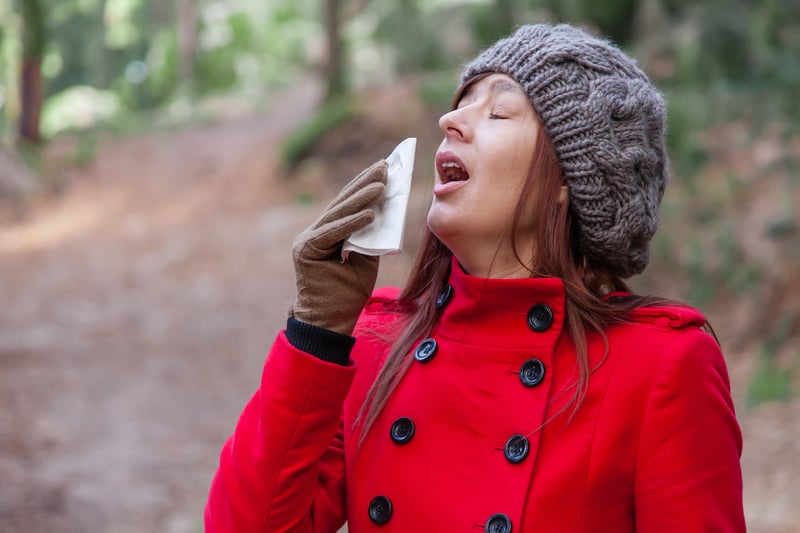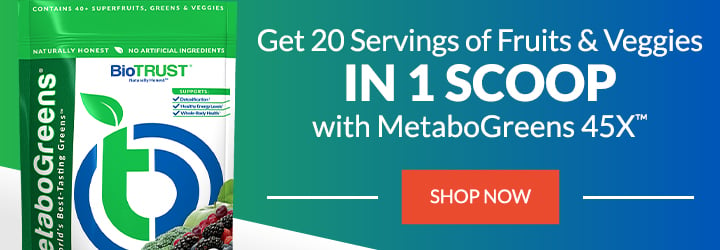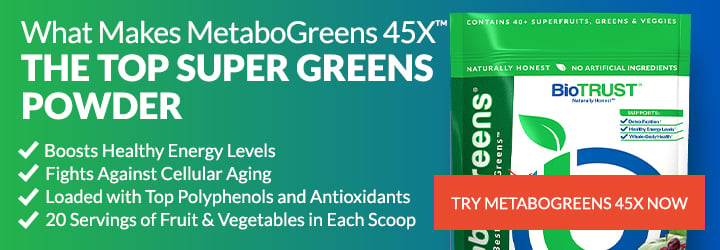What is the Low Histamine Diet? Here’s the Science Behind It

Do you suffer from allergies? Perhaps from pollen, animal dander, bug bites, or even certain foods? If so, you’ve probably reached for an over-the-counter antihistamine to calm your symptoms.
Within a short time, antihistamines often help provide relief from your headache, runny nose or watery eyes, itching, or even hives. Unfortunately, they can also come with unwanted side effects like feeling drowsy, dizzy, or dried out.
But what is histamine? What role does it play in the body? Can a low histamine diet help? And what does a low histamine diet entail?
What is Histamine?
Histamine is a chemical within the body (technically called “biogenic amines”) that plays a role in many systems. This includes the immune system, the digestive system, and the nervous system. For example, histamine is neurotransmitter that communicates important messages throughout the body. It is also a component of stomach acid, which helps in the digestive process.
You may be most familiar with histamine as it relates to the immune system. You see, one of the key roles of histamine is to fight any allergens that enter the body by initiating an immune/inflammatory response.
When your body believes it’s being attacked by an outside “invader” (such as pollen or dander), histamine is hastily sent to the site to help the body get rid of the intruder. Histamine triggers blood vessels to open up so that your white blood cells can find and kick out any invaders.
This is a natural, healthy response. We all need histamine.
Problem arise, however, when the body is exposed to excessive histamine for prolonged periods of time, such as when you don’t break down histamine properly, which can result in histamine intolerance.
Then boom! Since histamine can affect various organs (gut, lungs, skin, and brain, for example) and systems of the body (e.g., cardiovascular system), you can experience any of a long list of problems, like headaches, digestive discomfort, mood issues, congestion, fatigue, difficulty sleeping, and skin irritation and swelling (along with the aforementioned watery eyes, runny nose, etc.).
Some of us, who aren’t so “lucky,” have low levels of a key enzyme called diamine oxidase (DAO), which is one enzyme responsible for breaking down histamine.1 There are also a variety of foods that contain histamine, trigger the release of histamine, or inhibit the activity of DAO.
And it’s not really an instant response. It takes time for our bodies to build up to a histamine intolerance. This may also explain why allergies are sometimes worse and other times not so bad.
There isn’t a reliable test of histamine intolerance, so it’s very much underdiagnosed. A mere 1% of the population—with 80% of those being middle-aged folks—have been diagnosed. But one clue that it may be an issue is those allergy systems.2
Can a Low Histamine Diet Help?
If you suspect you may have a histamine intolerance, are being bombarded by allergens, or just want to try to decrease allergy symptoms, there are simple dietary changes that may help.3 The first is to be careful with your consumption of foods that are histamine-rich, such as:
- Aged cheeses
- Fermented dairy like yogurt, sour cream, kefir, and buttermilk
- Cured meats, such as bacon (sorry!), sausage, salami, hot dogs, ham, and lunch meats
- Smoked and certain types of fish like tuna, sardines, anchovies, mackerel, and mahi-mahi
- Fermented vegetables like pickles, sauerkraut, and kimchi
- Dried fruits
- Fermented grains (e.g., sourdough bread)
- Kombucha and soy sauce
- Vinegar and vinegar-containing foods like pickles, mayonnaise, and olives
- Most citrus fruits
- Nuts like walnuts, cashews, and peanuts
- Spinach
- Eggplant
- Avocados
- Tomatoes and tomato products (e.g., ketchup)
- Fermented alcoholic beverages, particularly beer, wine, and champagne
Many of the worst offenders are foods that have been aged or fermented, preservation techniques that can lead to higher histamine levels than fresh foods.
In addition to that long list of histamine-rich foods, other foods may cause our bodies to release histamine or decrease the activity of the DAO enzyme. These include:
- Alcohol
- Bananas
- Pineapple
- Strawberries
- Chocolate
- Cow’s milk
- Tea (black, green, and mate)
- Shellfish
- Nuts
- Wheat germ
- Artificial preservatives and dyes
If you have allergies, you may want to try an elimination diet where you remove the above foods and slowly add them back in (one at a time) to see if histamine is indeed the issue.
By decreasing the levels of these types of foods in your diet and replacing them with fresh foods, you can eat a low histamine diet, which may help your body better fight off allergens without having to reach for the nearest antihistamine.
What are the Best Foods for a Low Histamine Diet?
Healthy low-histamine diet foods include:
- Freshly cooked meat and poultry
- Fresh fish
- Eggs
- Rice
- Quinoa
- Natural peanut butter
- Fresh vegetables (other than those mentioned above)
- Fresh fruits (other than those mentioned above)
- Dairy alternatives (e.g., coconut cream and milk, almond milk)
- Cooking oils (e.g., extra-virgin olive and coconut oils)
- Herbs
- Herbal teas
Histamine intolerance can increase and decrease depending on your exposure to allergens, your gut health, your lifestyle choices, and the foods you eat. So, even if you are suffering, you may have more control than you think by trying a low histamine diet.
Histamine Intolerance: A Breakdown
If you experience issues only during allergy season or when heading over to your favorite aunt’s house (who happens to have a furry friend or five) for a holiday dinner, limiting histamine-rich foods for a few weeks might just help your body cope with the histamine onslaught a little better.
If you suspect you have a histamine intolerance, experiment with a low histamine diet (i.e., eliminate/limit histamine-rich foods) for about 2 to 4 weeks (no longer than 3 months usually), load up on fresh foods, and work with a qualified nutritionist to help ensure you’re getting the nutrients your body needs.
Oh, and make sure your gut is high functioning. DAO is the main enzyme responsible for breaking down histamine in the digestive tract, and gut-related issues (e.g., leaky gut, SIBO) are often tied to insufficient levels of DAO. Not surprisingly, poor gut health is often to blame for high levels of histamine.
It’s important to keep in mind that a low histamine diet is an elimination-style diet. So, after about 30 days, reintroduce foods one at a time to see if you can identify any particular suspects. In many cases of histamine intolerance, you don’t need to avoid these foods forever. A low histamine diet can be a short-term solution until histamine and/or DAO levels return to healthy levels.







